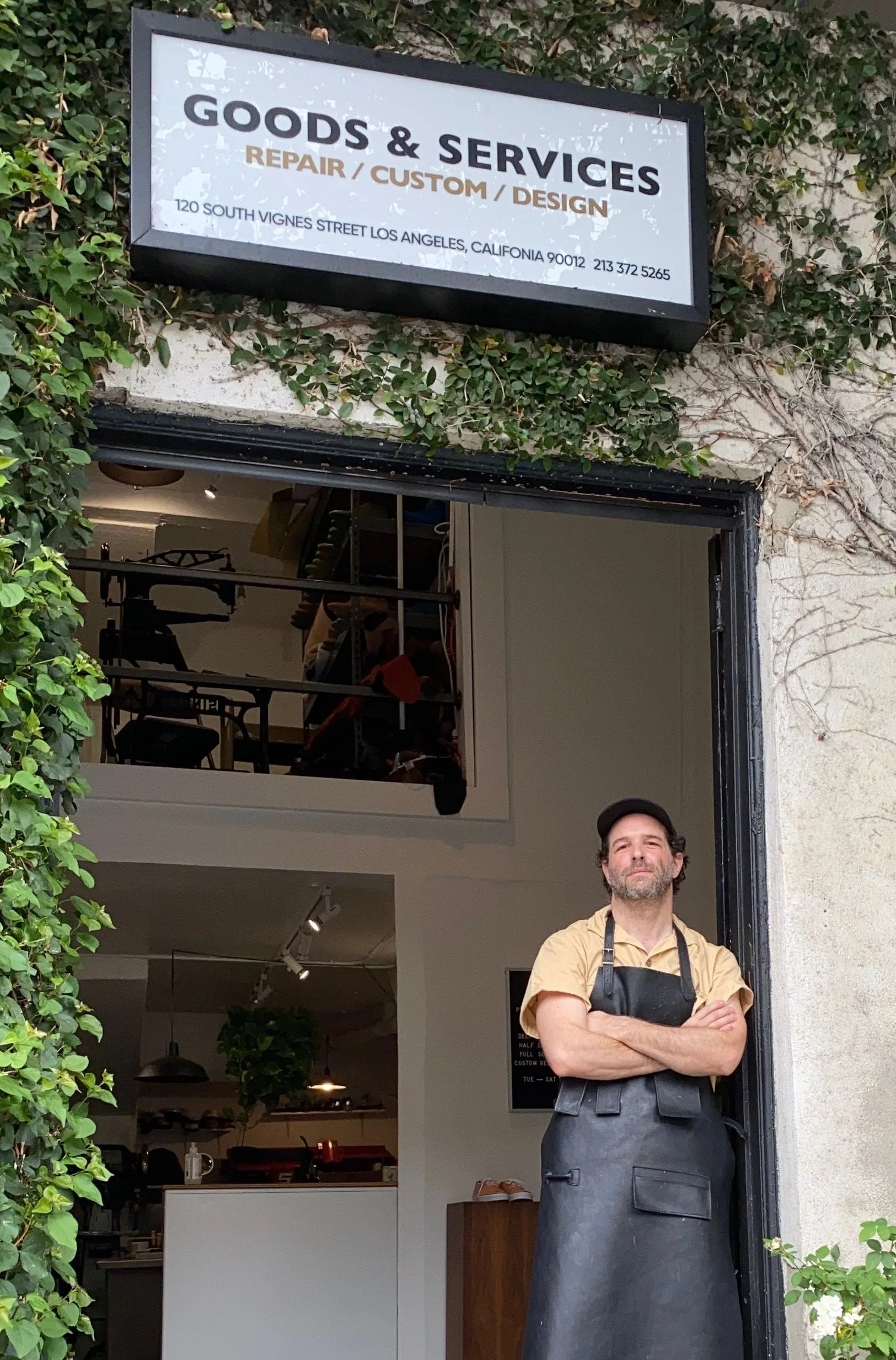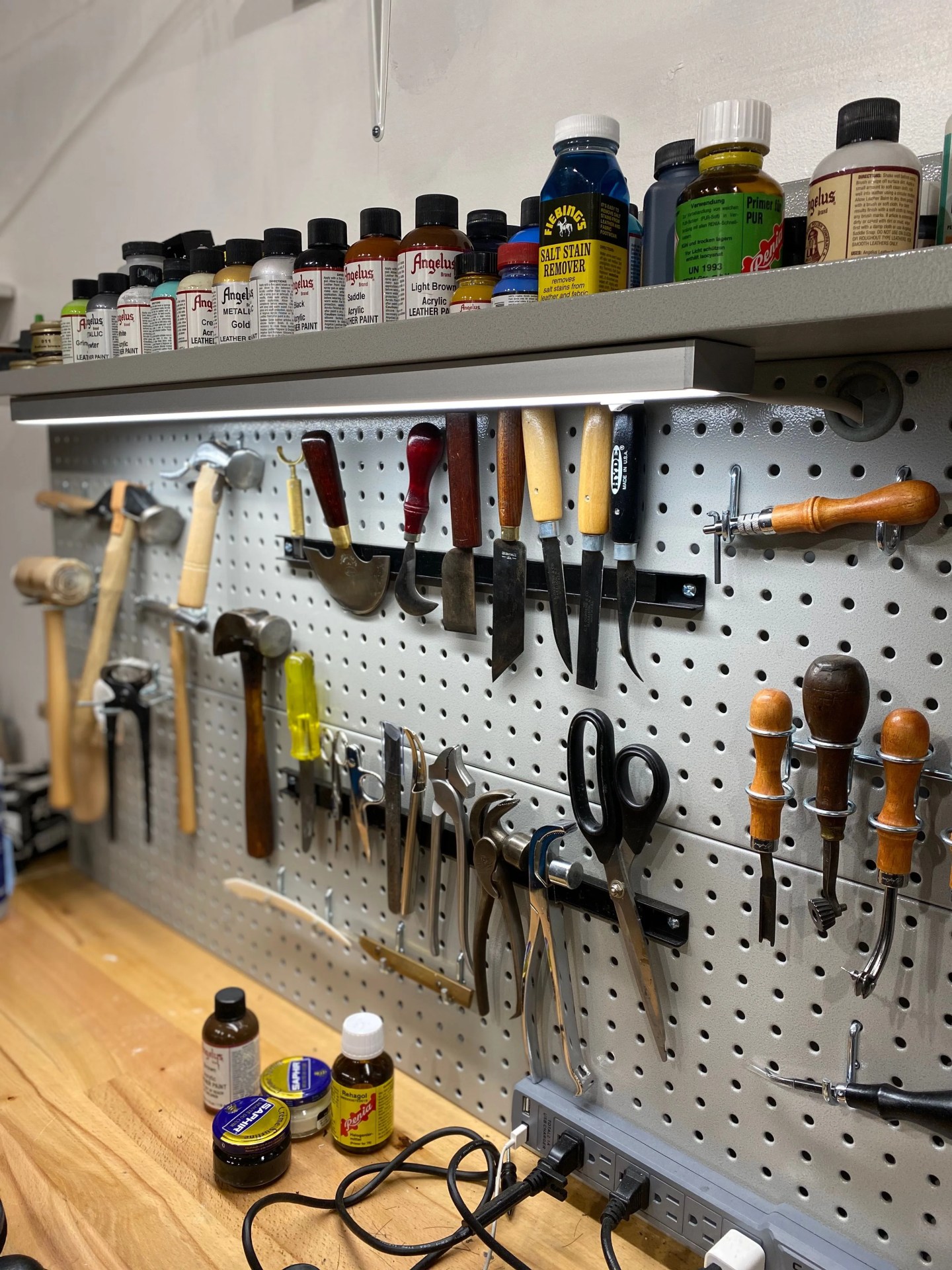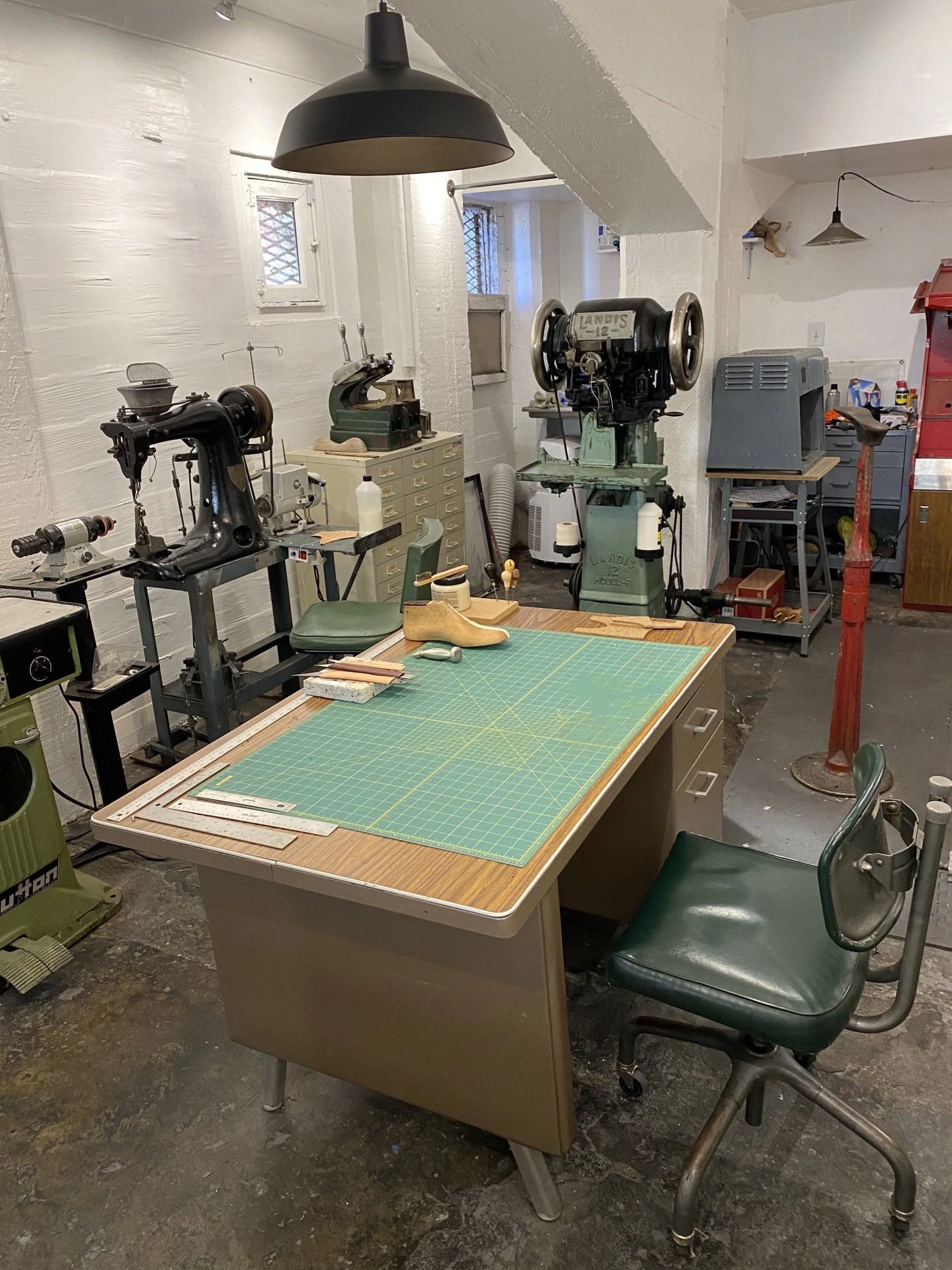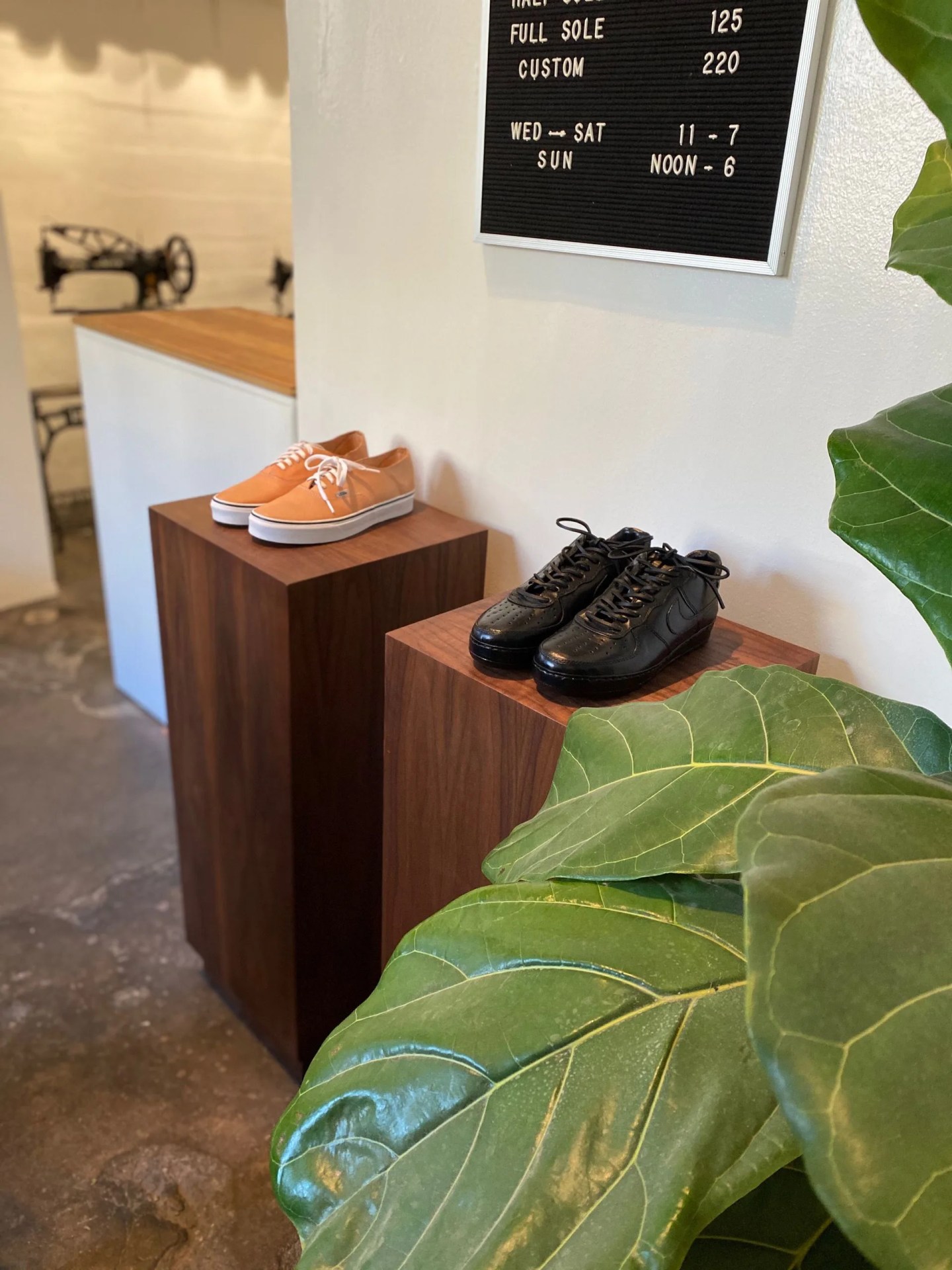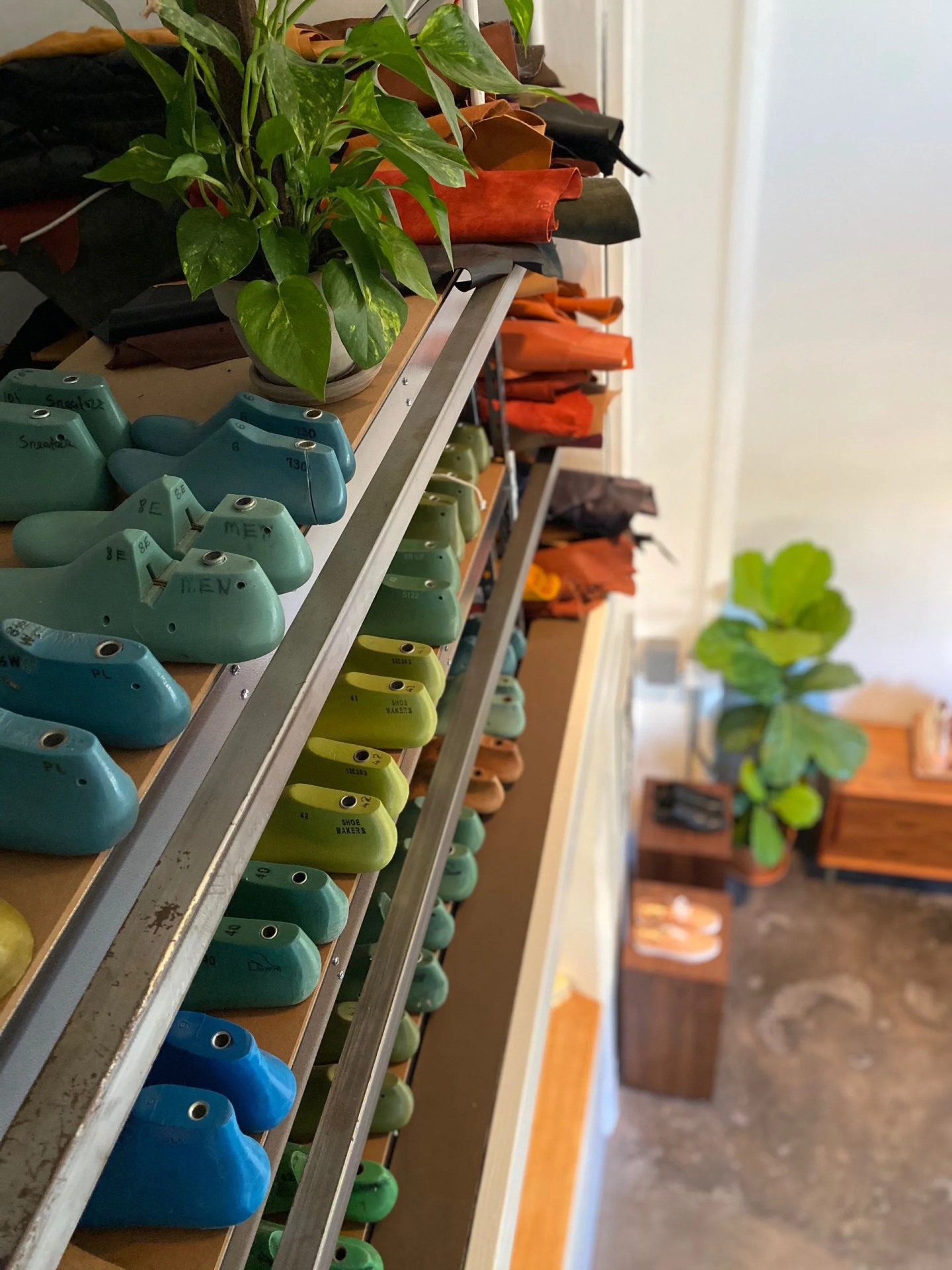When you think about shoe cobblers, the image that comes to mind likely involves a multi-generational shop run by an old-timer hunched over a pair of brogues. For the most part, you’d be totally right. It’s the shop most people expect to walk into when they look to hand over their Goodyear-welted boots for a new sole.
But that image has been fading because the humble craft has been on the decline for decades. A century ago, shoe repair shops numbered over 100,000. Today, there are less than 4,000.
The reason? Sneakers have dominated the shoe market. Just last year, Nike made $10 billion in shoe sales in North America alone. Sneakers are a hot commodity thanks to their comfort, style and affordability. Though sneakers are constantly pushing innovation and implementing new technology, they’ve put a major strain on the shoe repair industry. The same reasons that make sneakers popular are the very ones that hurt shoe cobblers. Unlike traditional shoes, sneakers aren’t made to be resoled so much as they’re made to be re-bought.
While that’s forced many shoe cobblers to downsize or close altogether, others have taken on the challenge and are paving the way for the next generation of shoe repair. A leading example is Goods & Services, a shoe repair shop located in Los Angeles’ design district. You’ll certainly find a pair of Goodyear-welted shoes on the work bench, but most everything else isn’t the traditional image of shoe cobbling. The shop feels more akin to a design studio. In a way, it kind of is. Because next to that pair of Viberg boots is also a pair of Air Force 1’s being customized by owner Rory Fortune in collaboration with his customer.
Shoe repair isn’t exactly a hobby one can simply fall into. Often, it’s the family business, passed on to the next generation. The store front, along with the machines, the customers, the skills are all transferred. “It’s wild to think that you used to be able to go to a trade school and take a course on shoe repair with a professor and a textbook,” Fortune says. “That’s not a thing anymore — you’re totally on your own.”
Getting into shoe repair is opaque, but Fortune had an in. His background in the fashion industry certainly gave him cursory knowledge of the trade, but it was a childhood friend whose family ran a shoe repair shop that really gave him a leg up. The shoe repair shop was in need of a refresh and Fortune pitched in to help. That’s where the shoe repairing journey started.
